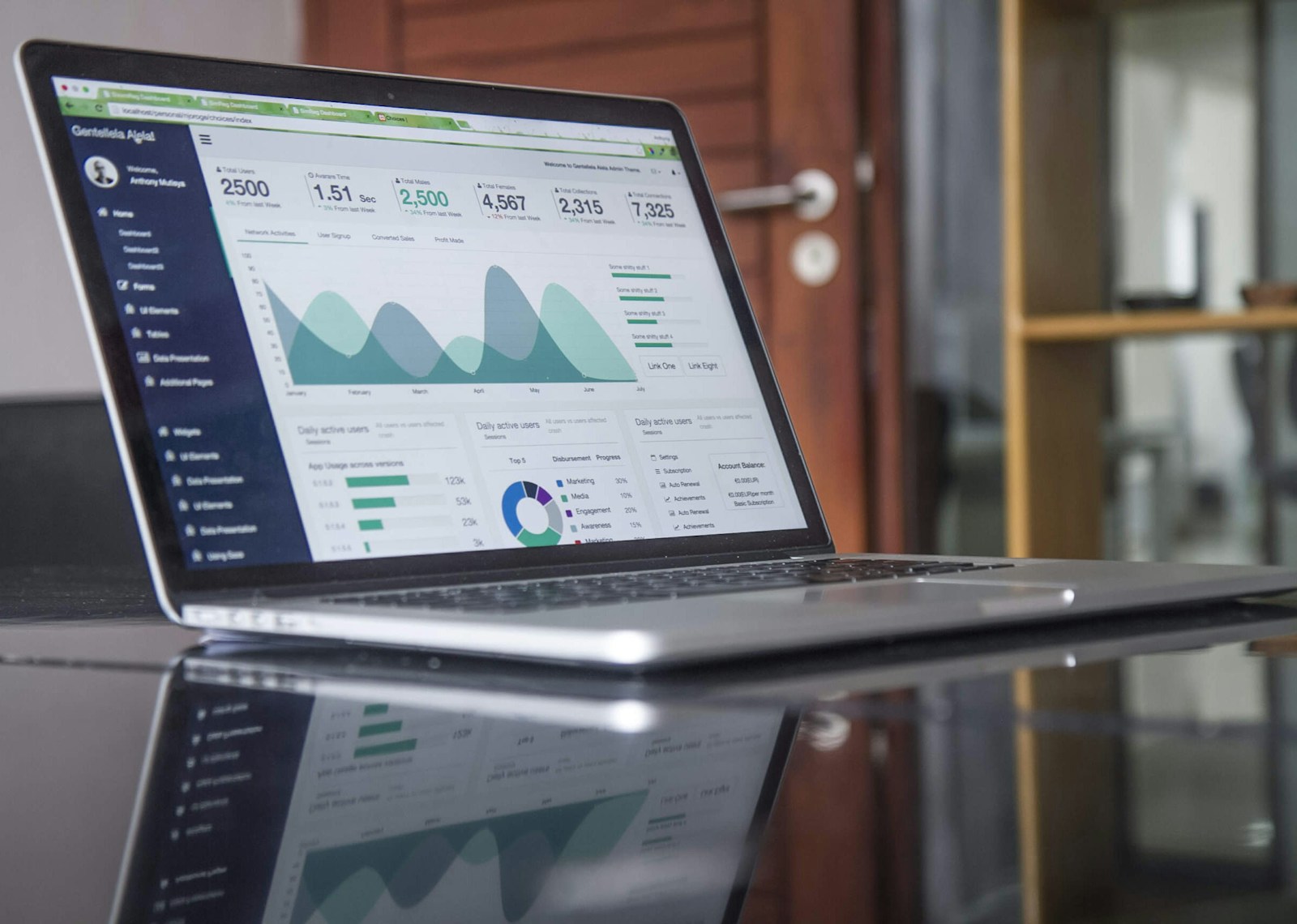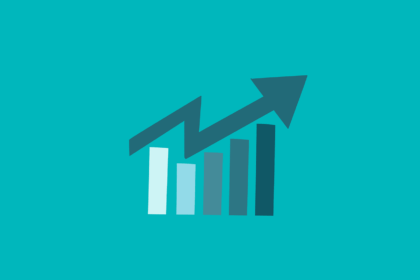Start by assessing your current mindset towards wealth accumulation and spending habits. Research shows that individuals who adopt a growth-oriented outlook on their finances improve their saving rate by 35% within the first year. This shift in behavior is the foundation for evolving how you engage with resources, leading to sustainable prosperity.
The evolution of personal economic habits requires deliberate adjustments in decision-making patterns. For example, replacing impulsive purchases with mindful investments fosters increased capital over time. Studies indicate that consistent review and recalibration of financial goals enhance long-term stability and reduce stress related to unexpected expenses.
Transformation in fiscal attitudes also involves recognizing emotional triggers behind monetary choices. Developing awareness around these influences enables better control and reshapes interaction with assets. Embracing this process encourages continuous improvement and aligns daily actions with broader objectives, accelerating overall growth.
Financial transformation: changing money relationship
The evolution of how individuals and institutions manage capital requires a shift in mindset and behavior. Growth in asset diversification, including blockchain assets, demands that users adapt their strategies to new protocols and decentralized systems. Adopting this approach reduces reliance on traditional intermediaries, enhancing transparency and control over personal finances.
To optimize asset management in this context, it is crucial to understand the underlying technical frameworks such as smart contracts and distributed ledgers. These tools facilitate automated transactions and enforce agreements without human intervention, enabling users to streamline processes while maintaining security.
Shifting Perspectives on Capital Handling
The progression from conventional banking to decentralized finance platforms illustrates a profound change in how resources are perceived and utilized. This alteration encourages participants to take a more active role in managing portfolios by leveraging real-time data analytics and algorithm-driven insights. For example, yield farming protocols reward users for providing liquidity, transforming passive holdings into dynamic sources of growth.
Behavioral adjustments also arise from increased access to global markets via blockchain technology. Investors can now engage with fractional ownership models or participate in tokenized assets representing real-world commodities. This expansion broadens opportunities but also necessitates enhanced education on risk assessment and compliance requirements.
- Automation: Smart contracts execute predefined conditions automatically, reducing errors.
- Transparency: Public ledgers ensure all transactions are verifiable by participants.
- Accessibility: Open networks allow anyone with an internet connection to participate globally.
An illustrative case study involves decentralized autonomous organizations (DAOs), which exemplify collaborative governance where stakeholders vote on decisions affecting communal funds. This model alters traditional hierarchical structures by distributing authority among members proportionally based on token ownership.
The behavioral evolution encouraged by these mechanisms fosters a deeper understanding of resource allocation efficiency. Users who embrace continuous learning about cryptographic principles and market dynamics experience improved decision-making capabilities. Incremental adjustments in routine financial activities can lead to significant cumulative benefits over time.
A practical recommendation for those beginning this journey is to start with small-scale involvement using testnets or low-value tokens before committing substantial resources. Engaging with educational platforms offering step-by-step tutorials helps build confidence while minimizing exposure to volatility risks inherent in emerging ecosystems.
Tracking Personal Spending Habits
To gain control over individual expenditures, the initial step involves systematically recording all outflows with precision. Utilizing digital tools such as budgeting apps or blockchain-based ledgers can enhance accuracy by automatically categorizing transactions and providing real-time analytics. This practice modifies consumer behavior by fostering transparency and accountability, crucial for measurable growth in financial awareness.
Analyzing recorded data reveals patterns that guide adjustments in spending priorities. For instance, a case study involving a cohort using decentralized finance (DeFi) platforms demonstrated a 25% reduction in discretionary expenses within six months after adopting structured tracking methods. Such evidence supports the adoption of a mindset oriented toward consistent review and adaptation.
Implementing Data-Driven Insights
Integrating machine learning algorithms into personal expense tracking systems enables predictive analytics, forecasting future spending trends based on historical records. These forecasts assist users in anticipating budget constraints and optimizing resource allocation accordingly. A practical example includes AI-powered wallets that alert users when approaching predefined limits, encouraging proactive decision-making rather than reactive adjustments.
The psychological aspect of expenditure monitoring also plays a significant role. Developing an analytical approach towards consumption fosters behavioral transformation by shifting focus from impulsive acquisitions to deliberate choices aligned with long-term objectives. Research indicates that individuals who engage consistently with their transaction histories experience improved self-regulation and enhanced financial discipline.
- Use blockchain’s immutable record-keeping for trustworthy audit trails
- Leverage smart contracts to automate savings based on spending triggers
- Employ tokenization techniques to incentivize prudent habits through reward systems
A technical breakdown reveals how smart contract-enabled budgeting platforms operate: when expenses exceed preset thresholds, automated rules trigger alerts or restrict further spending, promoting adherence to planned budgets without manual intervention. Such mechanisms illustrate the synergy between technology and human behavior modification.
Ultimately, refining expenditure tracking transforms the relationship with resources by embedding mindfulness into daily routines. The shift from passive consumption to active management empowers individuals to navigate fiscal challenges effectively, supporting sustainable improvement in asset accumulation and expenditure control over time.
Automating Monthly Bill Payments
Setting up automatic payments for recurring bills is a practical approach to improving your financial habits and reducing the risk of late fees. By scheduling transactions through bank services or fintech platforms, individuals can ensure timely settlements for utilities, subscriptions, and loan installments. This method leverages secure API integrations between billing providers and payment processors, enabling seamless execution without manual intervention.
The shift towards automated bill management reflects an evolution in consumer behavior regarding fiscal responsibilities. Studies show that automation decreases missed payments by up to 70%, contributing to better credit scores and less stress around due dates. For example, incorporating blockchain-based smart contracts can further enhance transparency and reliability by executing payments only when predefined conditions are met.
Technical Implementation and Benefits
Automation relies on systems that connect user accounts with billing entities via encrypted channels following Payment Card Industry Data Security Standards (PCI DSS). This setup minimizes human error while offering real-time notifications and transaction tracking. Users adopting this technology often report improved control over spending patterns as they receive consolidated monthly summaries from apps integrating machine learning algorithms to analyze cash flow trends.
The mindset shift involved in trusting automated solutions plays a crucial role in personal growth within monetary management. Transitioning from manual oversight to algorithm-driven processes requires adapting to new tools that promote consistency rather than reactive measures. As automation becomes more accessible through mobile banking interfaces and decentralized finance (DeFi) protocols, individuals gain greater freedom to focus on strategic wealth accumulation instead of routine obligations.
Building Emergency Cash Reserves
Start by allocating a portion of your income to an accessible reserve that covers at least three to six months of essential expenses. This buffer safeguards against unexpected disruptions such as job loss, medical emergencies, or sudden market volatility. Maintaining liquidity in low-risk instruments like high-yield savings accounts or short-term government bonds ensures quick access without compromising principal.
Adopting a prudent approach toward accumulating reserves requires shifting mindset from consumption-focused habits to prioritizing safety nets. Behavioral studies indicate that individuals who automate savings contributions are significantly more successful in consistently growing their emergency funds. This evolution in financial discipline reinforces stability and reduces anxiety during turbulent periods.
Strategic Reserve Management: Examples and Techniques
Consider the case of households during economic downturns where liquid reserves allowed uninterrupted payment of mortgages and utilities, preventing defaults and credit damage. Similarly, small businesses with dedicated cash buffers could sustain operations despite revenue drops caused by supply chain interruptions. A stepwise plan might include:
- Calculating monthly fixed costs including rent, utilities, food, insurance.
- Setting incremental savings targets (e.g., 10% of monthly income) directed into separate accounts.
- Reviewing and adjusting reserve size annually based on inflation and lifestyle changes.
The relationship between disciplined savings behavior and overall wealth accumulation is supported by longitudinal data showing enhanced financial resilience among savers. Tools such as budgeting apps or automated transfers can facilitate this process by minimizing manual interventions and reducing temptation to spend.
An important aspect is recognizing how asset diversification complements cash reserves. While holding physical currency or bank deposits provides immediate liquidity, pairing these with stable digital assets or tokenized securities introduces potential for moderate growth without sacrificing accessibility. For example, certain blockchain-based stablecoins offer yield generation while maintaining price stability–a balance useful for modern reserve strategies.
The ongoing evolution of personal asset management encourages reevaluating traditional concepts surrounding emergency funds. Integrating emerging technologies with established practices creates adaptive frameworks suited for dynamic economic environments. Individuals progressing through this learning curve gain confidence from understanding both conventional saving methods and innovative tools designed to protect purchasing power under various scenarios.
Optimizing Debt Repayment Plans
To enhance repayment efficiency, start by analyzing your current financial commitments and categorizing debts based on interest rates and outstanding balances. Prioritize paying off high-interest obligations first, which reduces the overall cost of borrowing and accelerates debt elimination. Tools like the avalanche method leverage this strategy by focusing payments on costly loans while maintaining minimum payments elsewhere.
Adopting a disciplined mindset around cash flow management significantly influences repayment progress. Regular budgeting aligned with clear goals reshapes spending behavior, enabling consistent surplus allocation toward liabilities. For example, integrating automated transfers to debt accounts minimizes missed payments and reinforces positive financial habits, facilitating steady advancement toward debt freedom.
Behavioral Dynamics in Debt Reduction
Shifting consumer patterns towards proactive engagement with liabilities marks an evolution in managing personal finances. Studies reveal that individuals who track their repayment schedules closely exhibit higher success rates due to increased accountability and motivation. Mobile applications offering visual progress updates serve as practical aids, transforming abstract numbers into tangible milestones that encourage persistence.
The relationship between psychological factors and fiscal outcomes cannot be understated. Cognitive reframing–viewing debt repayment as growth rather than sacrifice–cultivates resilience amid challenges. Case studies demonstrate that borrowers embracing this perspective tend to maintain momentum even when facing unexpected expenses or income fluctuations, thereby reducing default risks.
Integrating technological solutions such as blockchain-based smart contracts introduces transparency and automation into installment plans. These systems ensure timely fund transfers upon predefined conditions without manual intervention, mitigating delays and disputes. Pilot programs have shown a reduction in administrative overhead by up to 30%, illustrating how innovation can streamline operational aspects of debt management while reinforcing trust among stakeholders.
Conclusion
Adopting budgeting applications catalyzes a significant evolution in how individuals approach their personal finances. By leveraging real-time data analytics, automated categorization, and AI-driven insights, these tools reshape spending patterns and support sustainable economic development at the individual level.
The shift in user mindset prompted by such platforms fosters a more conscious management of funds, encouraging proactive planning rather than reactive adjustments. This behavioral adaptation enhances the quality of decision-making and nurtures a healthier connection with personal wealth accumulation and preservation.
Broader Impact and Future Outlook
- Integration with blockchain technology: Transparent, immutable records combined with decentralized finance protocols will deepen trust and enable programmable budgets that adapt dynamically to users’ goals.
- Advanced predictive algorithms: Machine learning models will increasingly anticipate cash flow needs and detect anomalous spending behavior before it becomes problematic.
- Interoperability across ecosystems: Cross-platform synchronization will provide holistic visibility over diverse assets–cryptocurrencies, fiat accounts, investments–creating unified control hubs.
- Behavioral economics insights embedded into UX design: Tailored nudges based on psychological triggers will guide users toward long-term growth strategies without overwhelming cognitive load.
The ongoing refinement of budgeting apps represents more than mere convenience; it signals a profound shift in the way people conceptualize their fiscal stewardship. This gradual redefinition of fiscal habits promises lasting improvements in financial wellness through empowered choices and data-driven clarity.





